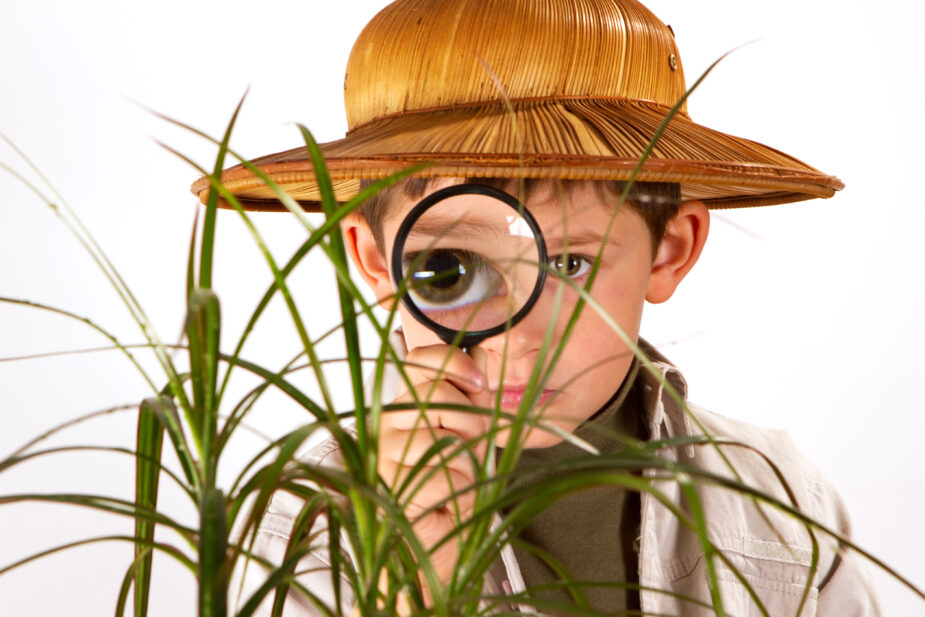I’ve been working with a number of districts around the country to develop learner profiles. Recently I had a conversation with my cousin who works in a non-education related field about this kind of work. When I described the purpose of creating progressions around 21st century skills such as communication, collaboration and critical thinking he asked, “But can those things really be taught?” This response is common when we think of traditional school environments where the purpose is to acquire content knowledge. However, I truly believe that students can develop these skills when districts, schools and teachers create meaningful and appropriate learning conditions, environments, and experiences throughout a student’s whole education. A learner profile is the framework that helps students, teachers and families know what it looks like to grow in these skills, but the framework alone won’t make students stronger in 21st century skills.
Through my own teaching experience and coaching around the country, I’ve observed educator gaps or blind spots around our own understanding of what it takes to successfully help students grow in 21st century skills. We believe one thing, but communicate something different through our words and actions. One example is around the learner profile categories such as “Innovative Thinker” and “Self-Directed Learner.” I know that educators of all grades and subjects are in favor of seeing students with these traits. However, as a coach, I’ve continually observed students completing a task then walking up to the teacher and asking, “Is this what you want?” We tell students to be creative, innovative and self-directed, yet we emphasize grades. This leads students to perform for us, rather than learn for themselves. A second example of gaps between learner profiles and learning conditions is around the “Problem Solver” competency. As a high school math teacher I experienced the frustration, along with my students, that comes from forcing students to problem solve through difficult tasks. I rightly knew that it was important to create opportunities for students to problem solve. But, I wrongly thought that simply giving the right problem would lead to expert problem solving skills. I was expecting my students to be expert problem solvers when they were novices. I didn’t know how to create the conditions and experiences that would help them grow from novice to intermediate to advanced and finally expert.
It is a disservice to students to create learner profiles, show them these traits that will be necessary for their post-secondary life, and then expect them to exhibit these traits without giving them experiences to develop these traits. The Learner-Centered Experience Design service is an opportunity for districts to focus on the learning conditions, environments, and experiences that will lead to students developing 21st century skills. This service uses the learner profile and other resources within a district to help students incrementally grow in specific competencies throughout a unit, school year, and their whole education. We help districts and teachers think about how they will help students self-reflect and set goals for improvement in the learner profile competencies. We design guides for teachers to use to reflect on the experiences they are providing for students and how those experiences are leading to student growth.
The implementation of a learner profile requires the thoughtful work of listening to our blinds pots as educators and responding with intentional actions that cultivate learning environments conducive to student growth. We would love to partner with your district to design learner-centered experiences around your learner profile.

